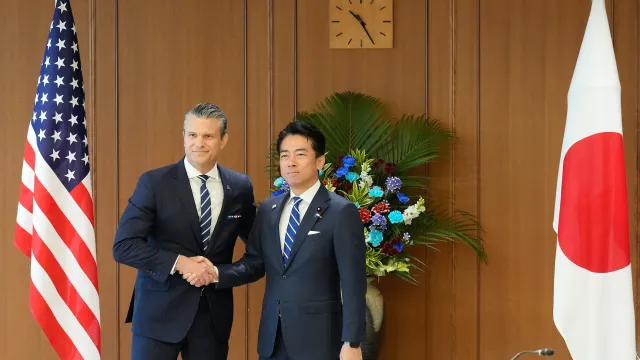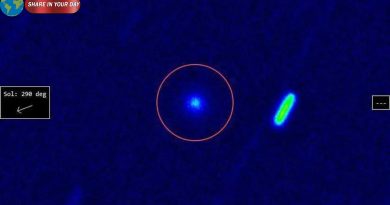US Defense Secretary Hegseth Welcomes Japan’s Defence Spending Surge, Affirms US-Japan Alliance as Key Deterrent to China
The United States’ defence chief, Pete Hegseth, has openly welcomed Japan’s decision to accelerate its defence spending and sharpen its military posture, underscoring the bilateral alliance as a key pillar for deterring Chinese aggression.
During his visit to Tokyo, Hegseth applauded Prime Minister Sanae Takaichi’s government for committing to raise Japan’s defence outlays to 2% of its gross domestic product by March — two years ahead of schedule.
“Make no mistake about it, our alliance is critical to deterring Chinese military aggression … Keeping our countries safe,” Hegseth affirmed at a joint news conference with Japan’s Defence Minister Shinjiro Koizumi.
A shift in Japanese defence posture
Japan’s decision to shorten its timeframe for reaching the 2% GDP defence spending target marks a notable departure from its post-war pacifist defence posture. At the same time, Tokyo is moving to provide its Self-Defence Forces with more advanced capabilities, including longer-range missiles and greater interoperability with U.S. forces.
Hegseth also noted that the U.S. did not pressure Japan into raising its spending — rather, the move is being welcomed as a proactive step by Tokyo.
Why the timing matters
Beijing’s expanding military footprint in the Indo-Pacific, particularly in and around the Taiwan Strait, has spurred renewed urgency in Tokyo and Washington alike. Hegseth described China’s military buildup as “unprecedented” and said it demands rapid adaptation from U.S. allies.
In this broader context, Japan’s southwestern islands — close to contested maritime zones — have gained heightened strategic focus, with Japan accelerating deployment of missile systems and moving to relax arms-export restrictions.
Strengthening the alliance in operational terms
Beyond spending figures, Hegseth and Japanese ministers agreed to deepen operational and production cooperation. Key among these are:
Accelerating delivery of U.S.-made AMRAAM missiles
Co-production or joint development of advanced missiles (such as SM-6 surface-to-air missiles) to bolster readiness and capability.
Upgrading the U.S. command structure in Japan toward a “warfighting headquarters” model to enhance responsiveness with Japanese forces.
Asahi Shimbun
Implications and challenges
The strengthened U.S.–Japan alliance sends a clear message to Beijing: the two nations are aligned and prepared to respond. Yet several questions remain:
Can Japan achieve the accelerated spending and equipment timeline without domestic budget constraints?
How will China respond — and will this further intensify regional tensions? For instance, North Korea has already condemned the missile-co-production deal as a provocative step.
Will Tokyo’s deeper military posture impact its domestic politics and long-standing defence policy constraints under its pacifist constitution?
Looking ahead
For the alliance to maintain its deterrence value, implementation will be key. Japan must translate pledges into capability enhancements, and the U.S.–Japan defence infrastructure must evolve rapidly enough to match accelerating threats. Hegseth’s visit and remarks indicate that Washington views Japan as more than a partner — as a frontline ally in a changing strategic environment




